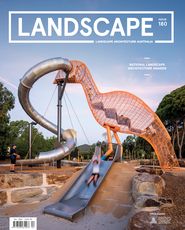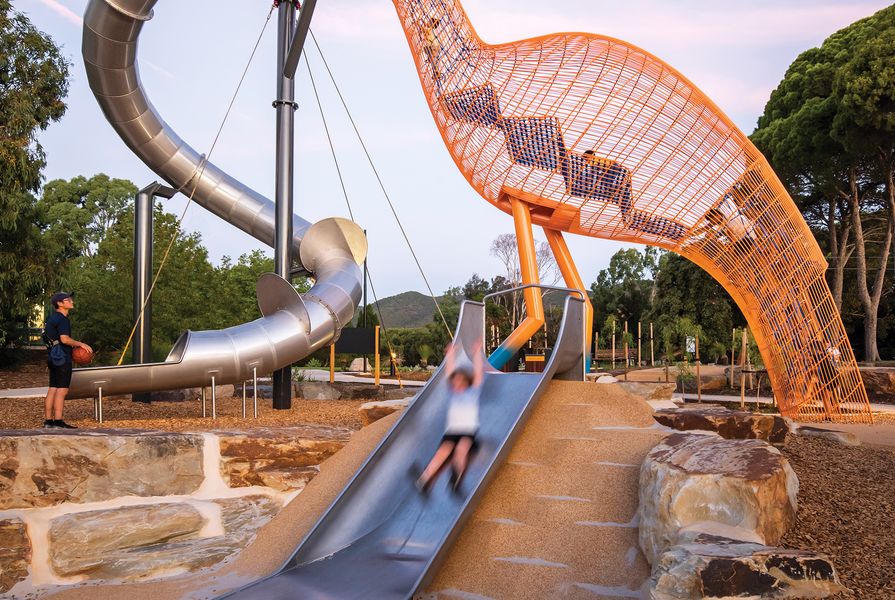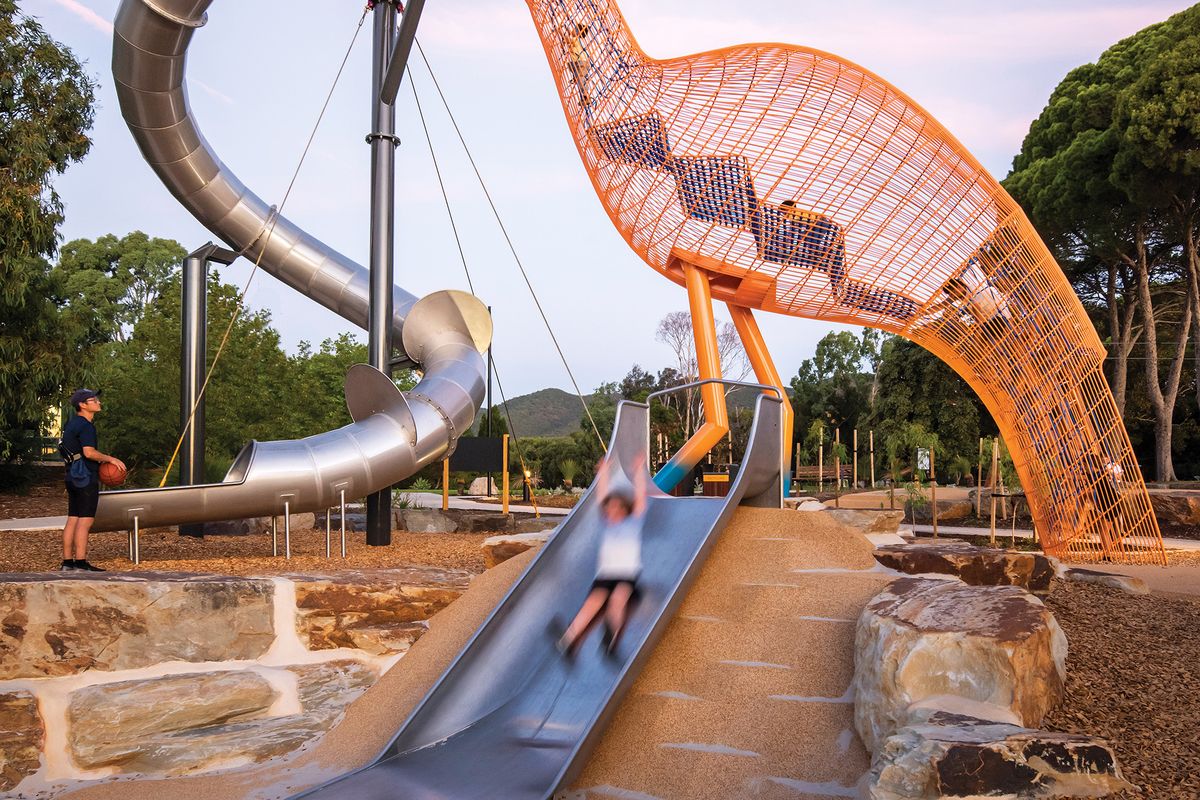Amid the hustle and bustle of Australian city life, where concrete often overshadows green, there is a compelling need to advocate for increased urban green infrastructure. Not only does greenery aesthetically enhance our urban spaces, but a growing body of evidence suggests it can offer profound health benefits for city residents.
AILA continues to champion at a government level the development of good policy to support public and private investment in better green infrastructure for multiple societal benefits. As evidenced by our recent advocacy work, AILA is moving to a space where it is shaping policy, rather than responding to policy.
Australia, like much of the world, is witnessing an escalation in urbanization. Our cities, while thriving centres of commerce and culture, also present challenges – rising temperatures, increased pollution and the now well-documented “urban heat island” effect. These concerns are no longer mere theoretical constructs but palpable threats influencing the everyday health of our population.
Yet, within these challenges lies an opportunity: the potential of urban green infrastructure. Green infrastructure – including parks, gardens, street trees, streetscape vegetation, green roofs, and walls – serves as a natural sponge and filter, reducing heat, capturing stormwater, improving air quality, and promoting biodiversity. But the benefits don’t end at environmental amelioration. Human health stands to gain immensely.
Mental well-being
Urban life, with its demands and rapid pace, can be a hotbed for stress and mental health issues. Green spaces provide an oasis of calm. Studies have consistently shown that proximity to green areas can reduce depression, anxiety and stress levels. A walk in a lush urban park or even just the view of greenery from a window can act as a salve for the mind.
Physical health
The design of our cities influences our physical activity levels. Urban green spaces offer venues for exercise, from jogging to tai chi. Such spaces, by virtue of their beauty and accessibility, encourage residents to be more active, countering sedentary lifestyles and associated health issues like obesity and heart disease.
Air quality and respiratory health
Trees and plants act as the lungs of our cities. They absorb harmful pollutants, release oxygen, and provide shade, which in turn reduces the need for airconditioning and reduces energy consumption. For asthma sufferers and those with respiratory ailments, the presence of green spaces can significantly improve quality of life.
Social cohesion
Beyond individual health, green spaces nurture communities. They offer meeting spots for social interaction, fostering relationships and bonding. A society that engages with one another is resilient and offers better support mechanisms for its members.
Temperature regulation
As Australian cities grapple with the effects of climate change, urban greenery offers a mitigating solution. Green spaces can cool areas by up to 4 ° C, a crucial benefit during sweltering summers. This temperature reduction reduces the risk of heat-related illnesses and improves overall comfort.
AILA recognizes the invaluable role of green infrastructure in promoting health in our cities. As we envision the future of Australian urban landscapes, it’s not just about aesthetics or biodiversity, but more fundamentally about the wellbeing of our citizens.
AILA, through our advocacy and profile strategic pillars, is aiming to bring together landscape architects, planners, government bodies and communities to collaboratively champion the expansion and maintenance of urban green infrastructure. An investment in green is an investment in the health of our cities and, by extension, ourselves.
The collaborative advocacy undertaken by AILA is exemplified in the development of the Urban Green Infrastructure – Planning and Decision Framework Handbook. Working alongside a team of subject matter experts, AILA drove a process for the design and creation of this handbook, which has now been published by Standards Australia.
Every tree planted, every park developed and every green wall erected is a step towards healthier, more vibrant Australian cities. AILA is working to bring key stakeholders and government together to nurture these green lifelines, for they hold the key to our urban wellbeing.
Source

Archive
Published online: 1 Nov 2023
Words:
Jasmine Ong
Images:
David Sievers
Issue
Landscape Architecture Australia, November 2023












